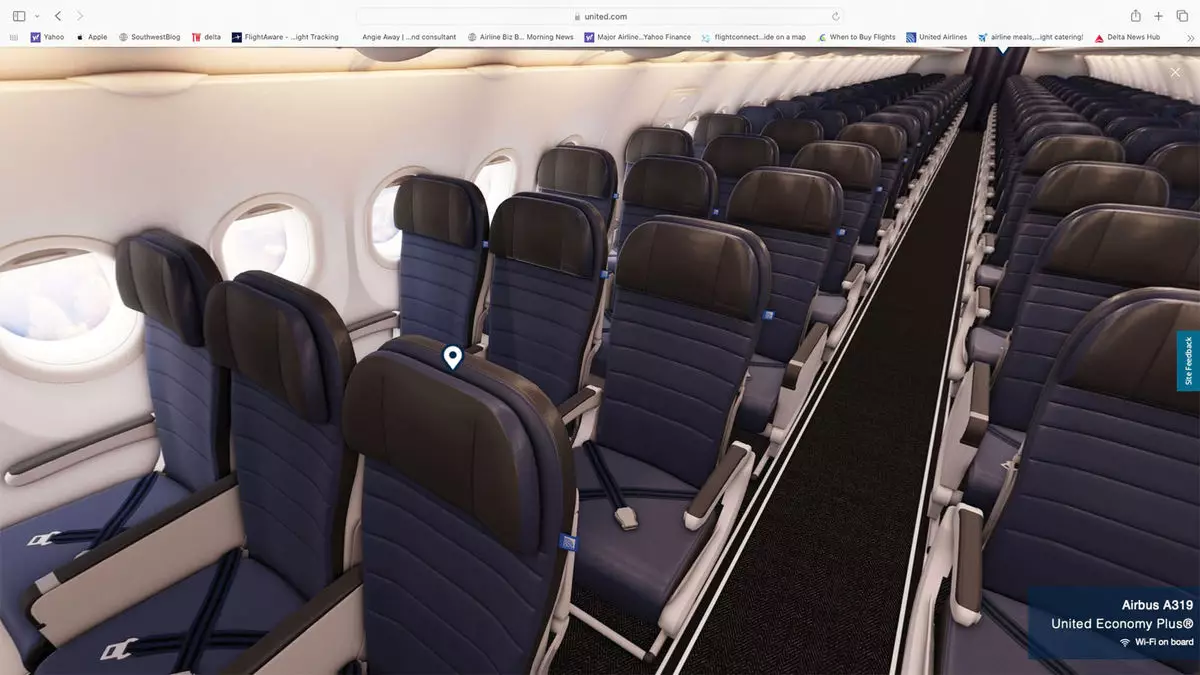The current state of flight shopping in the online travel industry often falls short when it comes to providing a visually appealing experience for customers. As highlighted in a recent study by Phocuswright, the disparity between the visual presentation of flight tickets and other e-commerce products is quite stark. While customers searching for a simple item like a nail on a website like Home Depot are treated to a 360-degree view of the product, detailed specifications, ratings, reviews, and more, the same cannot be said for flight tickets, which often lack visual representation.
In response to this criticism, ATPCO, a leading fare-filing repository and technology provider, has reported a significant increase in the number of flight queries that now include images and videos. The company has witnessed a three-fold rise, amounting to 6 billion visual queries per week. These visual assets include photos of aircraft seats, in-flight entertainment screens, and meals, with 48% of global flight schedules now featuring some form of associated images or videos.
As consumer expectations evolve, there is a growing demand for more visual information during the flight booking process. ATPCO’s chief, Alex Zoghlin, emphasized the importance of providing rich visual content, likening the current text-heavy approach to a jarring experience for customers. With the rise of platforms like Amazon that offer extensive visual content for product listings, the lack of similar visual aids in the flight shopping experience stands out to consumers.
Despite ATPCO’s dominance in the market through its RouteHappy merchandising solution, the deployment of visual shopping aids remains inconsistent across various platforms. While airlines like Southwest, United, American, and Delta have integrated photo and video content into their offerings, the visibility of these visuals varies. For example, Expedia’s displays were limited to iPhone users in the U.S. market, while Kayak paused its photo displays for a redesign. Despite these challenges, ATPCO’s displays are live in numerous third-party sales channels, including major GDSs, OTAs, corporate booking tools, and metasearch sites.
Although specific data on the conversion rates attributed to visual content in flight shopping remains undisclosed for proprietary reasons, Zoghlin hinted at its effectiveness based on the willingness of airlines and sales channels to pay for the service. Additionally, consumer preferences revealed in a Phocuswright survey indicate a strong preference for visual content, especially among younger demographics. The survey found that 47% of travelers aged 18 to 34 were more likely to book a flight with visual depictions of the product.
The integration of visual content in the flight shopping experience represents a significant shift towards meeting consumer expectations and enhancing the overall booking process. While there are challenges in terms of consistency and deployment, the industry’s response to this demand for visual information signals a positive direction for the future of flight shopping.

